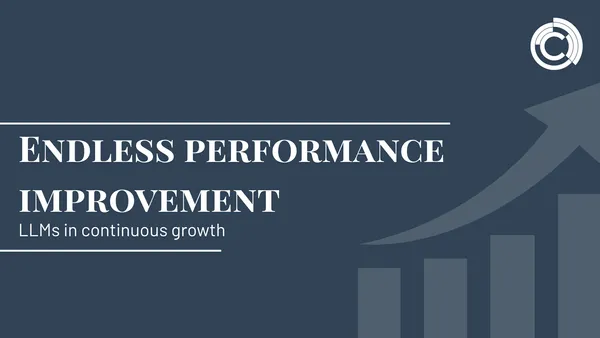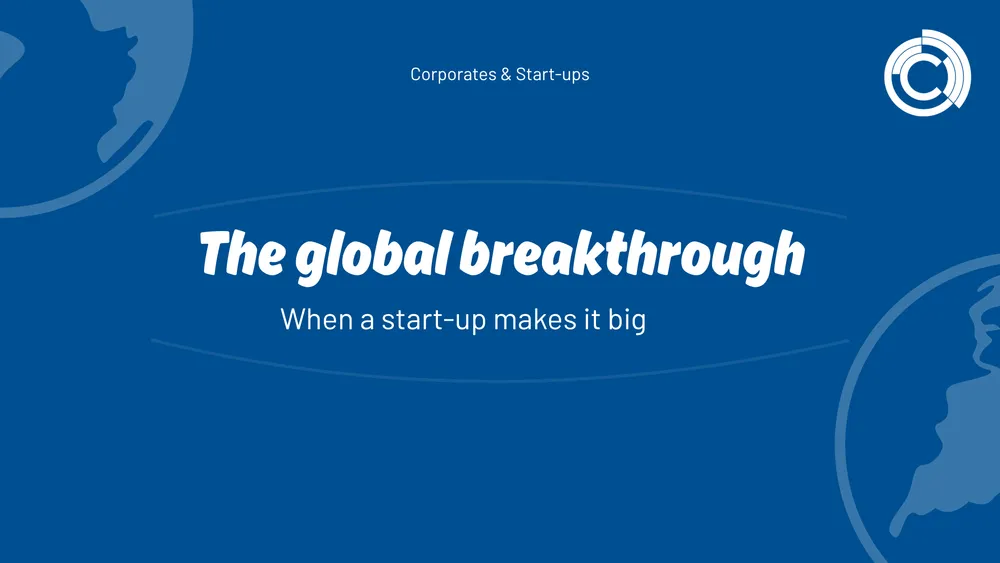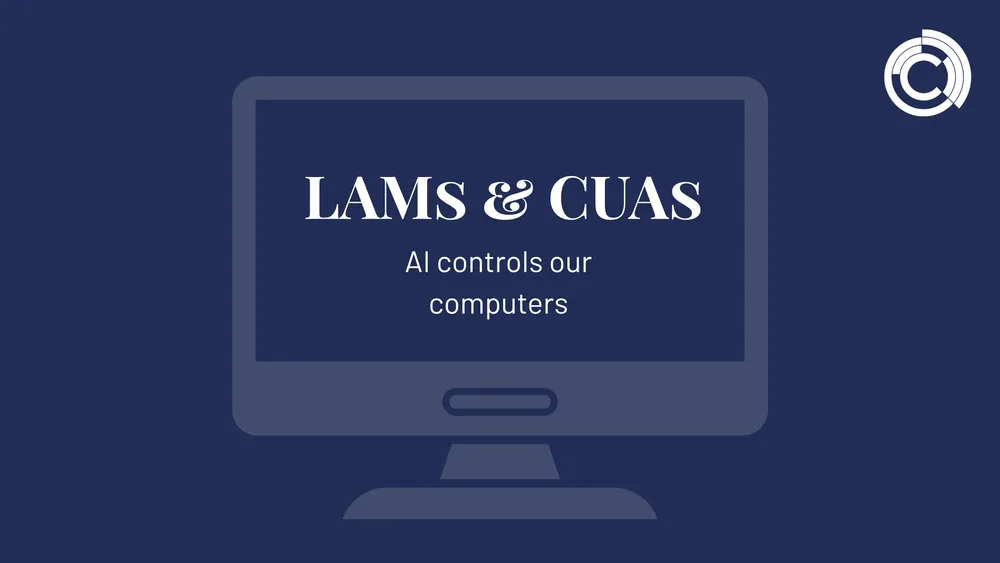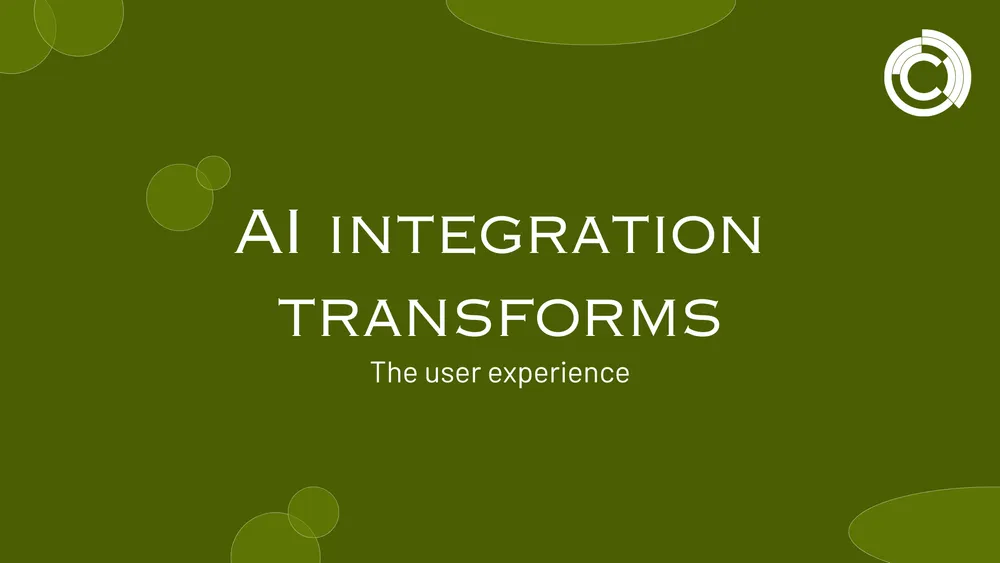
CCNet
Sep 19, 2025 • 2 min read

Endless performance improvement – LLMs in continuous growth
Large language models, known as Large Language Models (LLMs), are at the heart of the current AI revolution. Whether text generation, code creation, or complex analyses – LLMs form the basis of many applications that companies use today. In 2025, it becomes clear that the expected “performance plateau” has not materialized. Instead, the models continue to grow – in size, speed, and capabilities. For companies, this is both an opportunity and a challenge.
More powerful from version to version
The development in recent years is unprecedented: new model generations are appearing at ever shorter intervals and surpassing their predecessors in almost all areas.
• Better language comprehension: LLMs grasp context and intention more accurately.
• Higher accuracy: Misinterpretations and “hallucinations” are decreasing.
• New capabilities: Multimodal models process text, images, video, and audio simultaneously.
As a result, applications that seemed unreliable just a year ago are now market-ready and deliver consistent results.
Why the plateau is not coming
Many experts assumed that performance improvements would eventually stagnate. However, new training methods, better data quality, and specialized chips are ensuring that LLMs continue to grow. Added to this is a race between open source and proprietary models: While closed systems such as ChatGPT or Gemini remain at the forefront in terms of creativity and context understanding, open source projects are catching up and providing impetus for innovation and competition.
Opportunities for businesses
This results in clear advantages for management:
• Productivity: More and more tasks can be delegated to LLMs.
• Innovation: New business models are becoming possible, for example through multimodal AI.
• Competitive advantage: Those who test and integrate early on secure advantages over hesitant competitors.
Practical examples show that LLMs are no longer just tools for IT departments. They write marketing texts, support sales in customer analysis, and assist in research with complex simulations.
Risks and challenges
But growth also brings risks:
• Cost explosion: Larger models require more computing power and drive up operating costs.
• Dependency: Companies that rely too heavily on individual providers risk lock-in effects.
• Regulation: As performance increases, so do the requirements for transparency, fairness, and security.
For executives, this means that investments in LLMs must be backed by a clear strategy and governance rules.
Strategic importance for management
LLMs are becoming a key production factor in knowledge work. Comparable to electrification in the 20th century, they are fundamentally changing value chains. Those who use LLMs wisely can scale processes, serve markets faster, and accelerate innovation.
The trick is to select carefully: Not every company needs the largest and most expensive model version. Often, specialized or smaller models that are cheaper and more efficient are sufficient.
Conclusion: Continuous growth with a double effect
The growth of LLMs is not a short-term trend, but a long-term process. For companies, this means that AI is becoming more powerful, more complex – and strategically indispensable.
Those who gain experience, manage investments, and establish governance now will reap the benefits. Those who wait risk competitors extending their lead beyond reach.
FAQ about AI trends 2025
Why is there no performance plateau?
New training methods, better data, and chips are driving development.
What capabilities do modern LLMs have?
Context understanding, multimodal processing, and higher accuracy.
What are the benefits for businesses?
Productivity, innovation, competitive advantage.
What are the risks?
High costs, dependence on providers, and regulatory requirements.
How can companies invest wisely?
Use smaller or specialized models in a targeted manner, not always just the largest ones.


